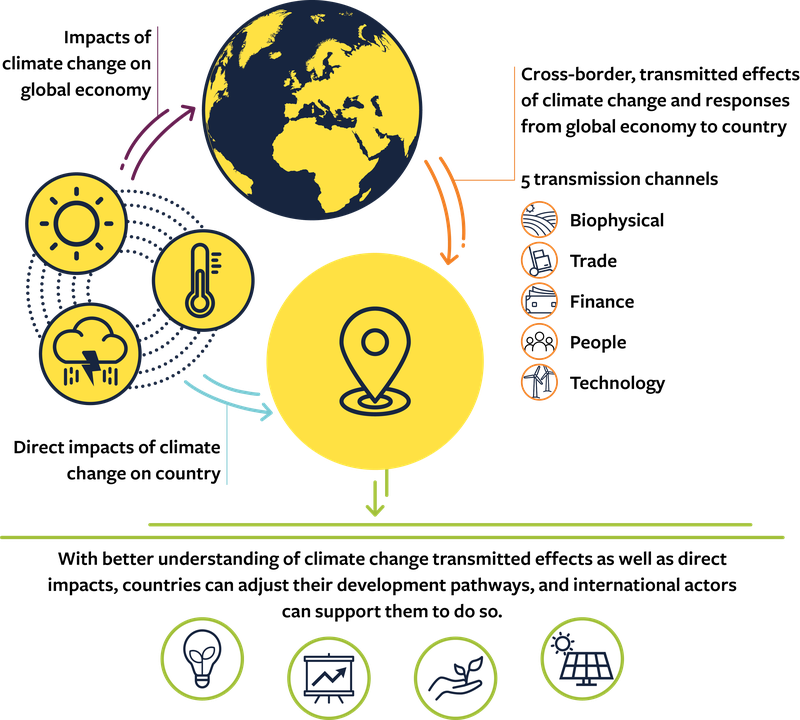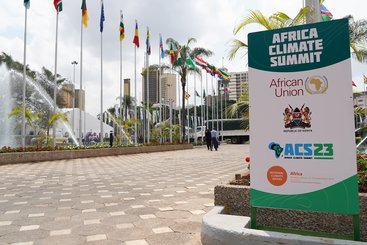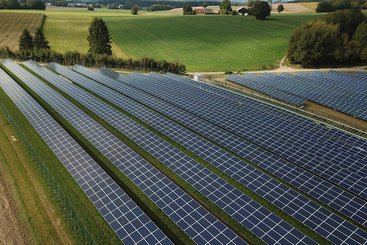Climate change is not confined by national boundaries—it has far-reaching impacts that transcend borders and reshape the global economy. The effects of climate change and countries' responses to it have significant cross-border consequences. Flows of natural resources, ecosystem services, traded goods and services, investment, ideas, migration, and travel are all undergoing shifts as a result.
Major economic powers like the European Union (EU), the United States (US), and China have implemented policies and investment programs aimed at addressing climate change while stimulating domestic job creation, economic growth, and innovation.
However, it is crucial to consider the transmitted effects of these actions beyond national borders. Failing to account for these effects can have detrimental consequences for the development progress of countries. Such oversight may undermine the fragile global consensus to combat climate change. Amidst these challenges, there are also opportunities for all countries to thrive in a global economy reshaped by climate change. To unlock these opportunities and mitigate potential threats, a closer examination of the cross-border impacts of climate policies is needed. This will ensure greater coherence between climate action and development efforts.
In this report, we present a framework that anticipates the transmitted effects of climate change.

Figure 1: A framework for assessing the transmitted effects of climate change
The framework comprehensively maps the cross-border spillovers resulting from mitigation measures, adaptation strategies, and direct impacts of climate change. It analyses these effects through five key channels: biophysical, trade, finance, people, and technology. By understanding the interconnectedness of these channels, we can gain insights into how climate change reverberates across borders, enabling us to better navigate its complex implications and make informed decisions.








